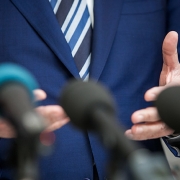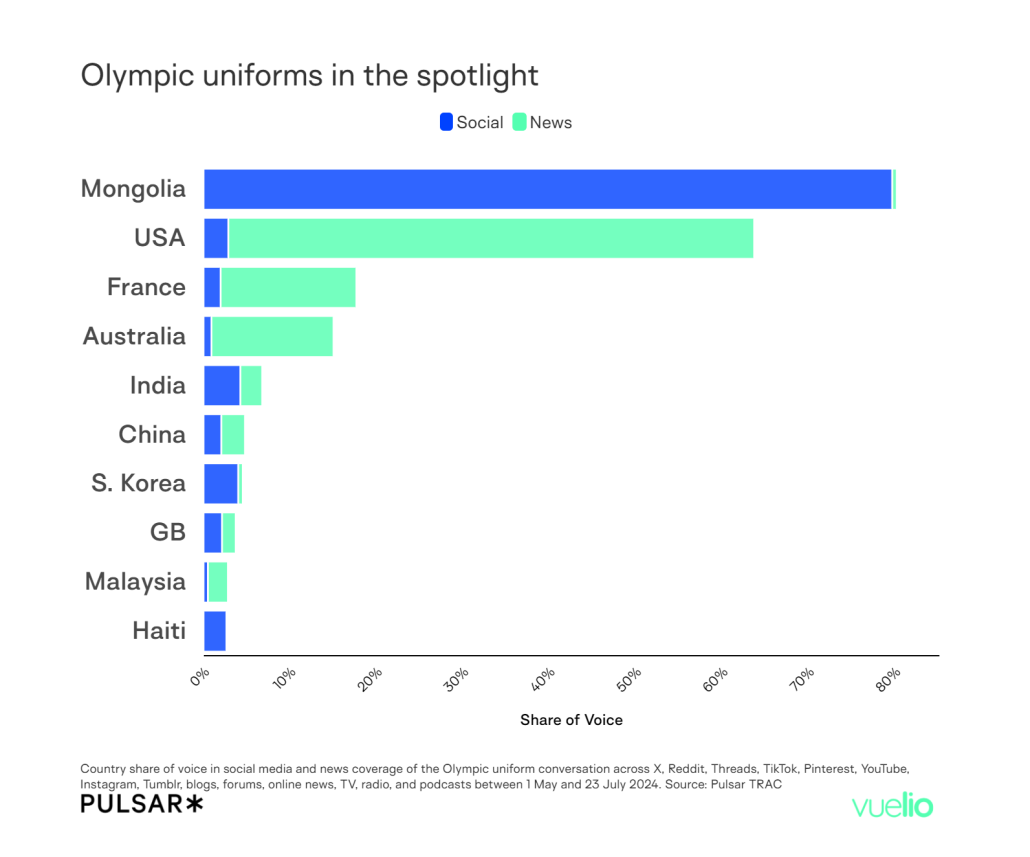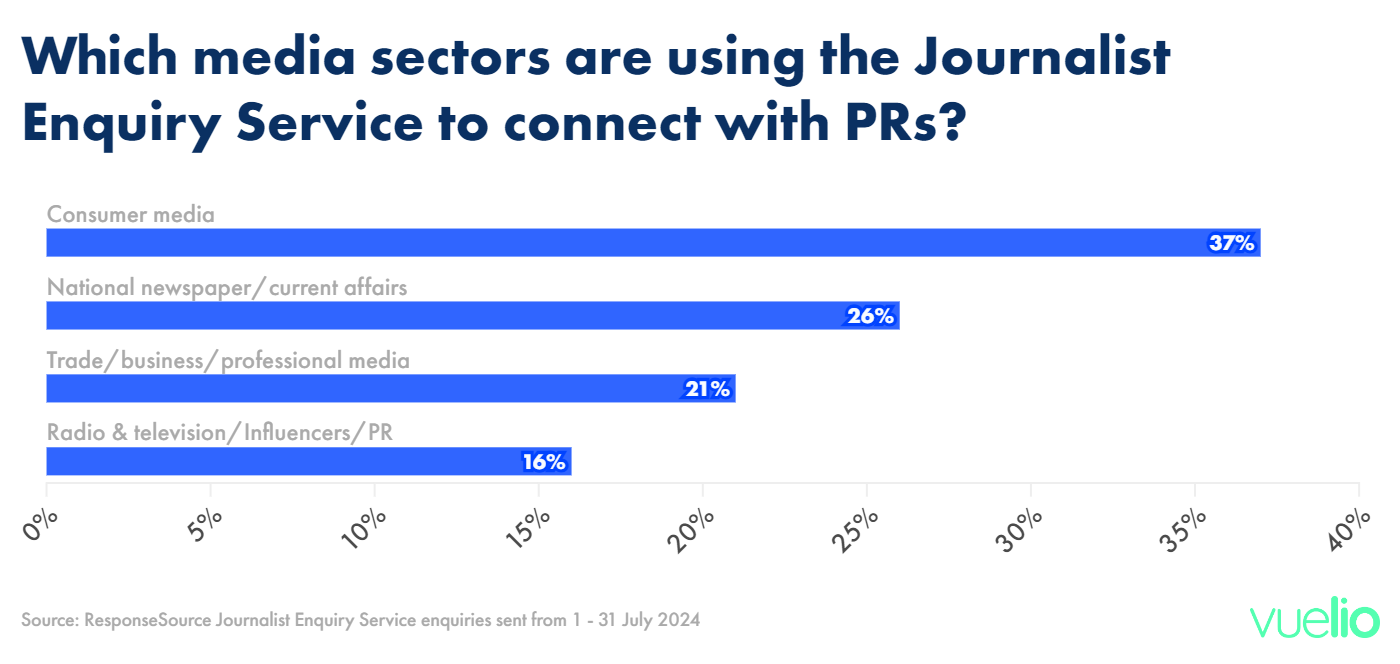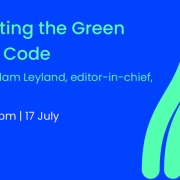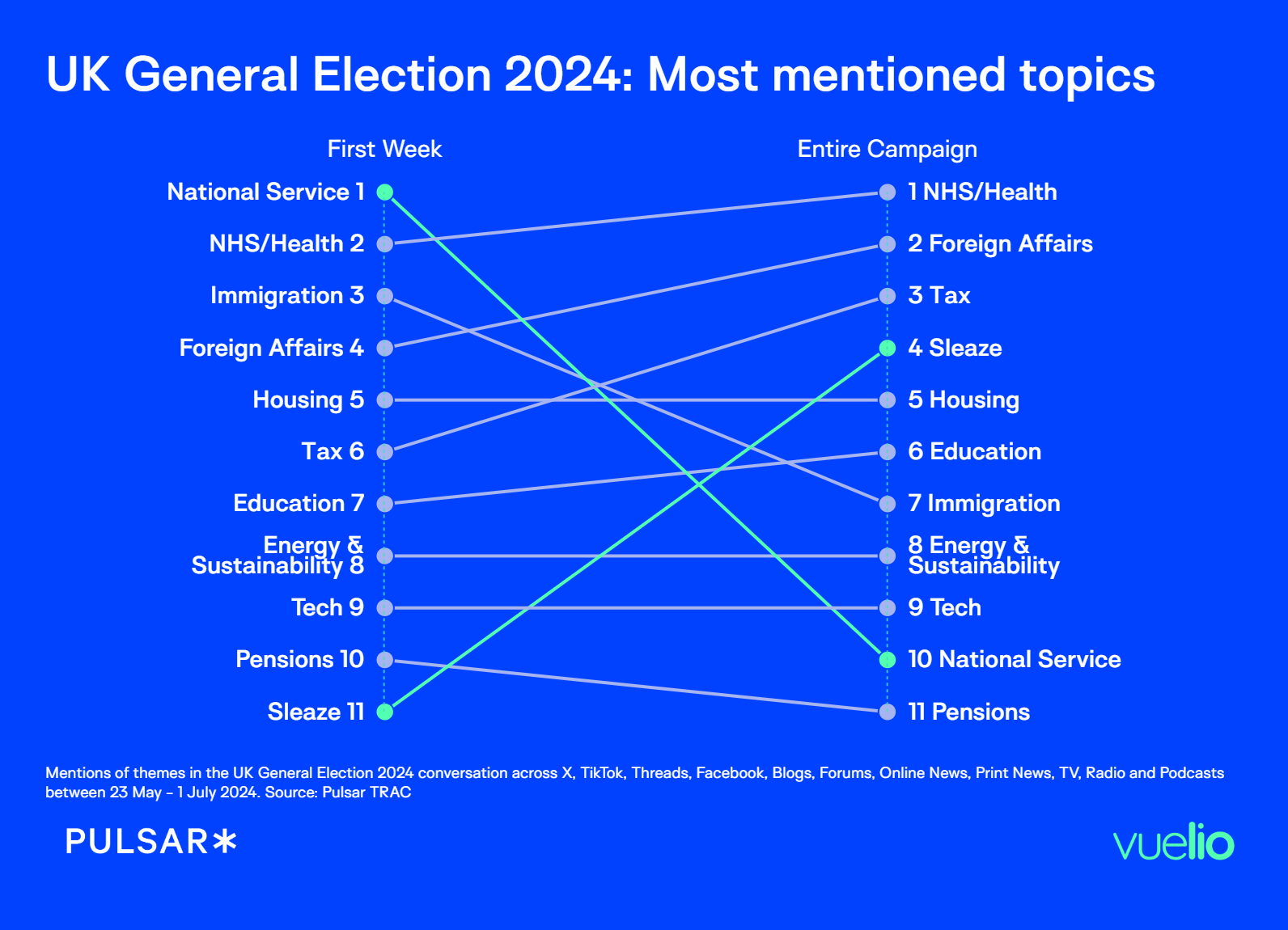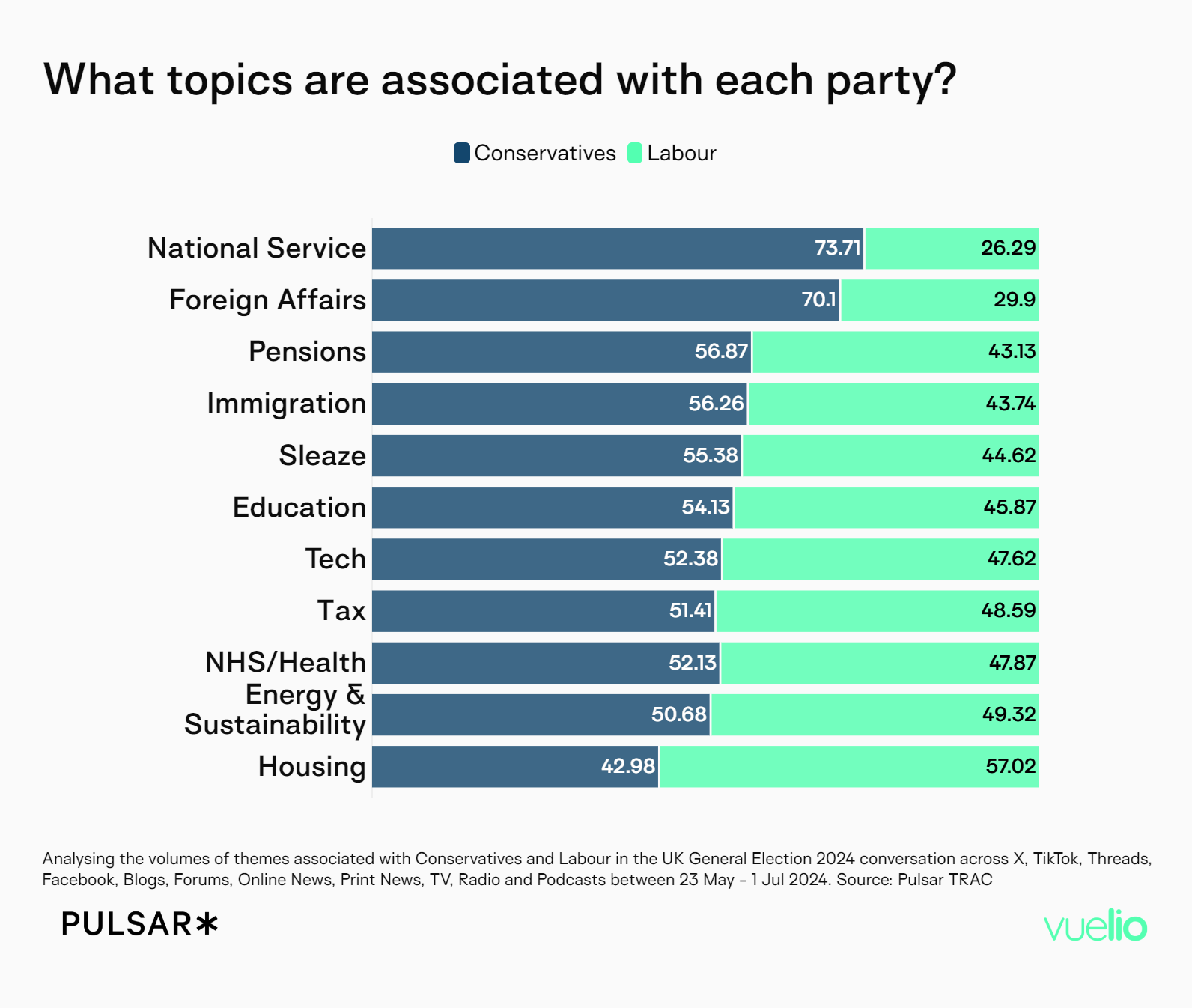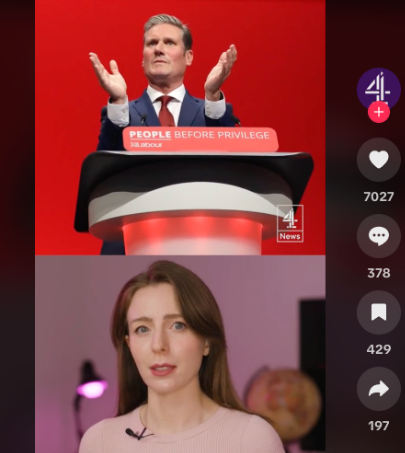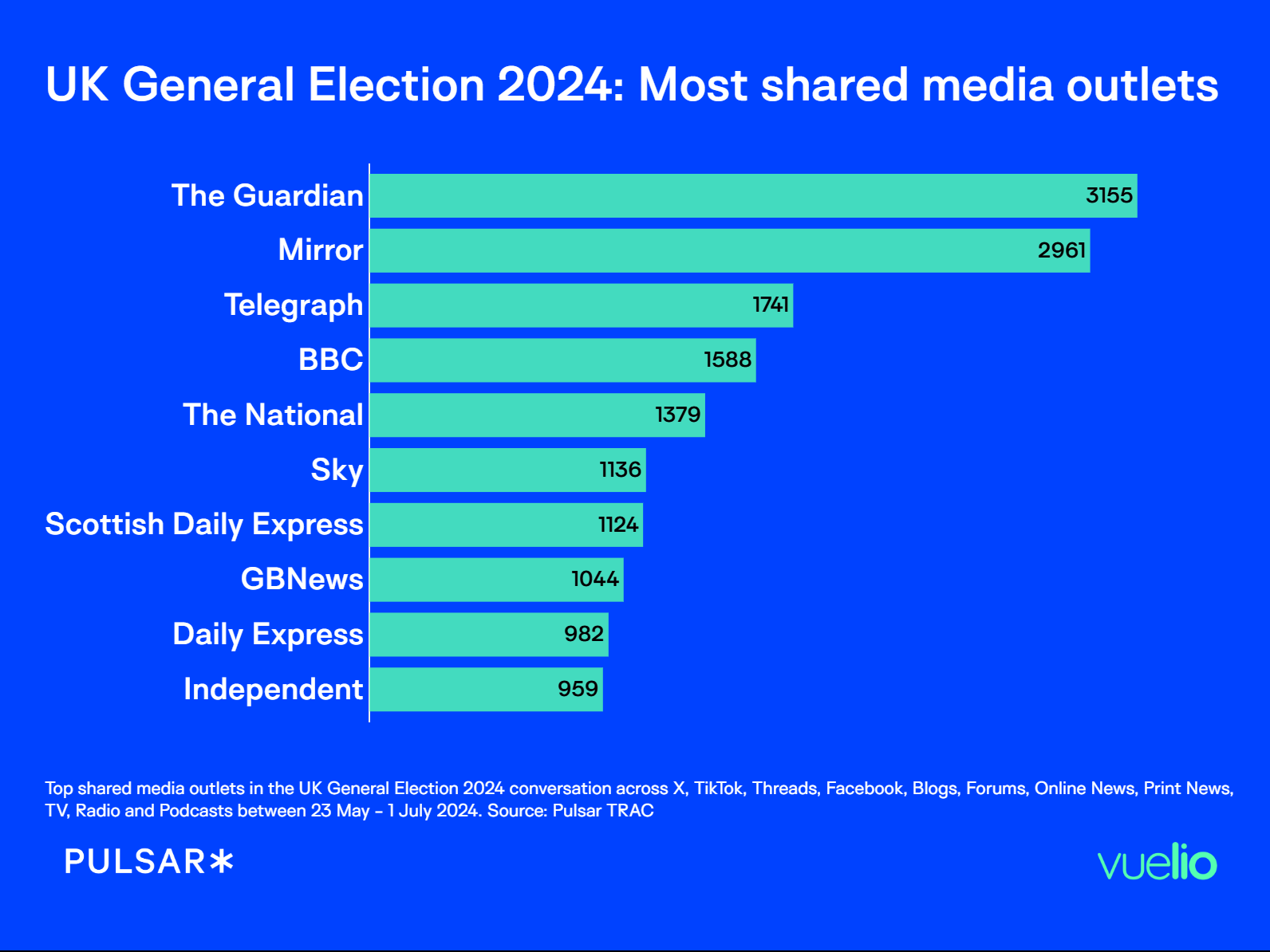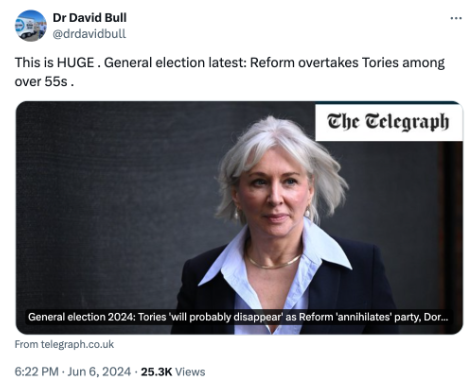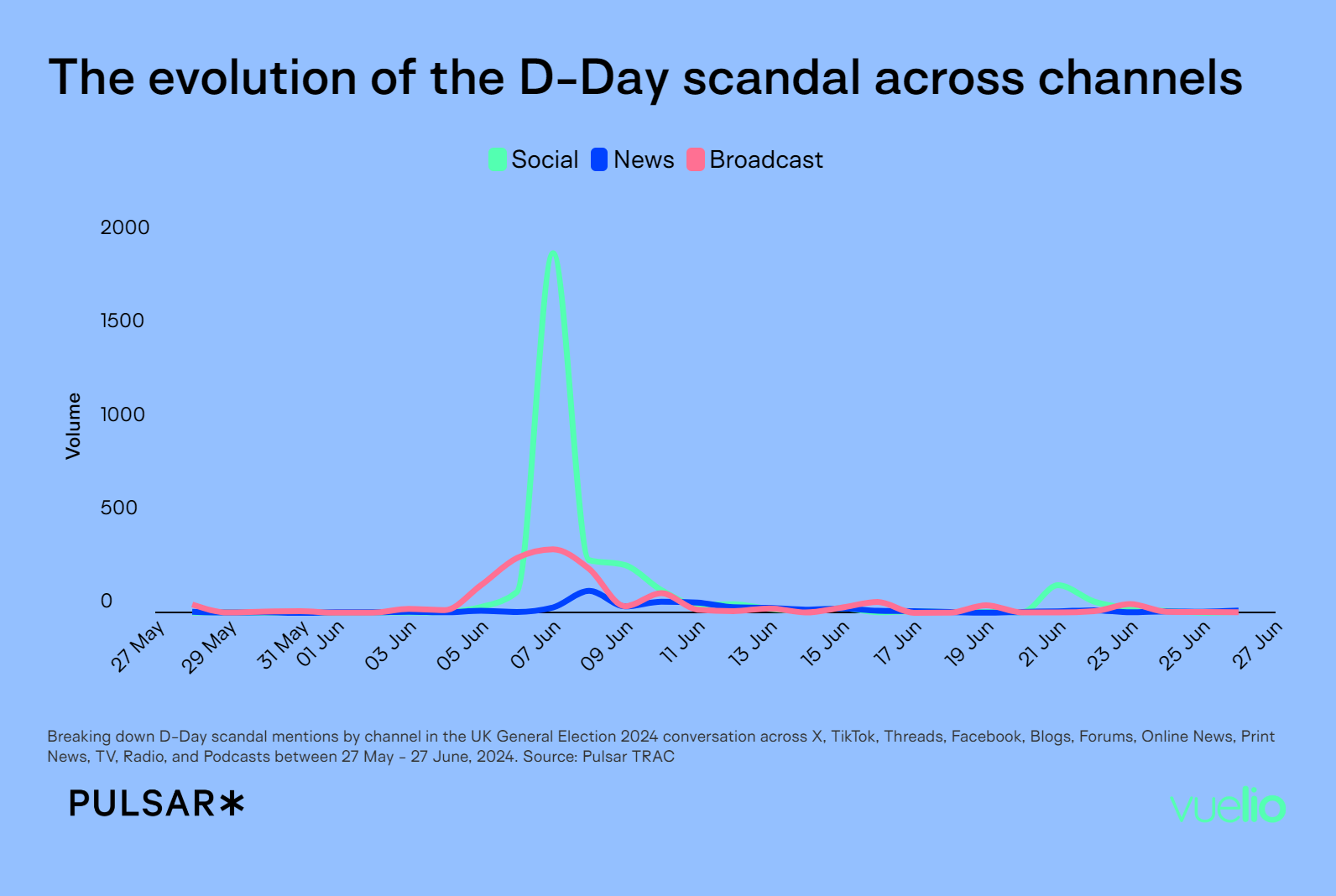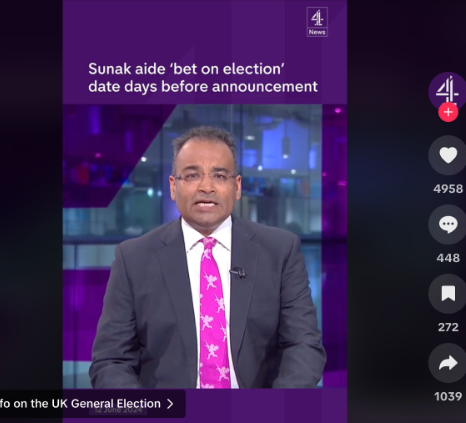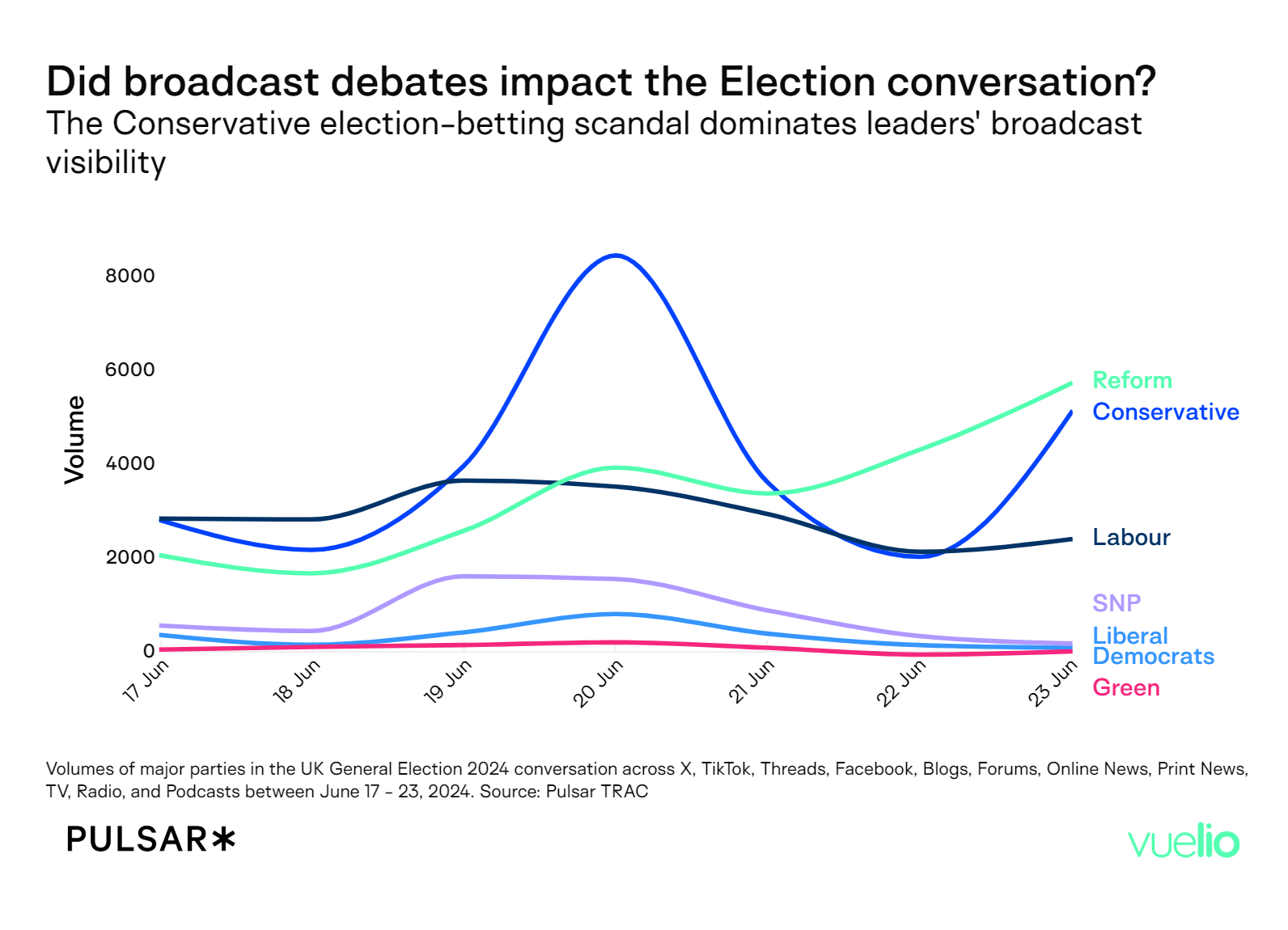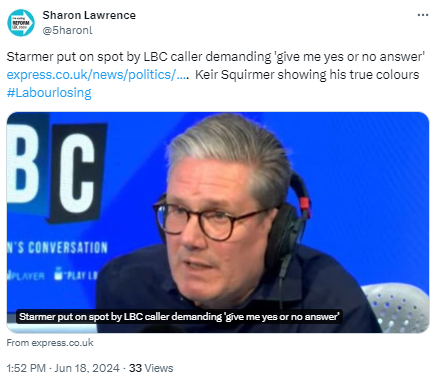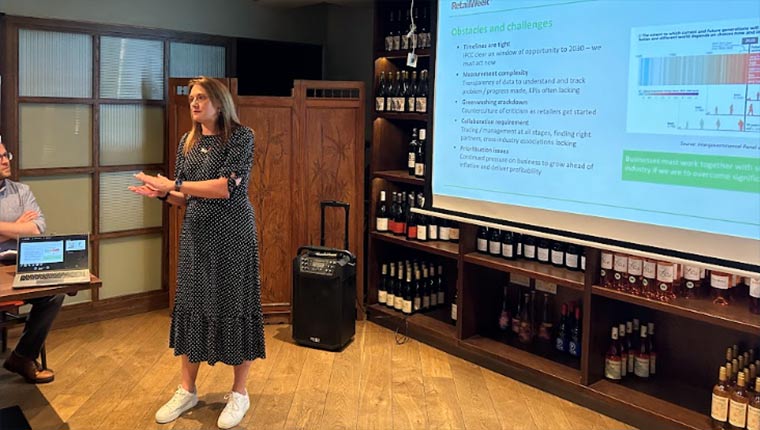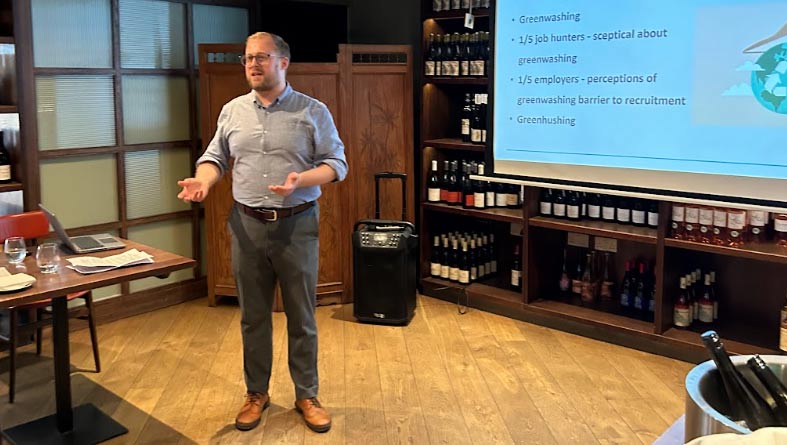This is a guest post from Anna Morrish, director of Quibble.
Whether you’re a startup or an established company, interactive content can provide substantial benefits and it’s not just for big brands to utilise and benefit from.
Understanding interactive content
Interactive content is any digital content that requires user participation. It includes quizzes, polls, surveys, calculators, games, assessments, and even AR (Augmented Reality) or VR (Virtual reality) experiences. The key is that it actively engages users, creating a memorable and personalised experience.
Why should your business invest in interactive content?
1. Enhances user engagement: Interactive content typically sees higher engagement rates than static content, on average 2x more conversions and 4-5x more pageviews than passive content, making it more likely to capture and hold your audience’s attention.
2. Builds trust and loyalty: By engaging users directly, interactive content fosters a sense of connection and investment, which can build trust and loyalty.
3. Improves SEO and PR: High engagement can lead to increased sharing and backlinking, boosting your SEO and attracting PR coverage.
4. Gathers valuable data: Interactive content can collect data on user preferences and behaviours, providing insights that can inform your marketing strategies.
Interactive content and digital PR
Digital PR in general is all about collaboration and building relationships. When diverse minds come together and share ideas, they create powerful stories that resonate and forge genuine connections in the digital world.
This approach is especially important when creating interactive content, as it allows a gathering of a wider range of thoughts and ideas from those with different skills and mindsets, including further insight into the technical considerations required when developing interactive content pieces.
Successful examples of interactive content
Let’s look at some real-world examples of how UK businesses are successfully using interactive content:
1.Gamification and Duolingo: Gamification is a powerful form of interactive marketing. It involves incorporating game elements and mechanics into non-game contexts to make them more engaging. The goal is to increase participation, interaction with the brand, and actions that achieve specific marketing objectives.
A prime example is Duolingo, a language eLearning tool that uses gamification to boost user engagement. Users build streaks, earn achievement badges and crowns, and climb higher on the leaderboard. The drive to compete and maintain an impressive streak are key motivators, demonstrating how gamification can effectively captivate and retain users.
2.USB Makers Data Transfer Speed Calculator: USB Makers develop customised USB drives, integrating unique designs and personalised branding to meet client needs. To promote their product they needed an engaging PR tool. Implementing an interactive calculator on their website, allowed users to easily estimate costs and select options, which significantly boosted user engagement and streamlined the ordering process. Over three months this calculator helped increase organic traffic by 50%, gain 250 new links and 700 new keywords.
3. Tesco’s ‘Food Love Stories’ Recipe Hub: Interactive content can be a game-changer for businesses looking to enhance their visibility and engage audiences, as demonstrated by Tesco’s award-winning ‘Food Love Stories’ campaign. This campaign, which earned the Cannes Lions award for media planning, stands as Tesco’s most effective effort to date, achieving a remarkable 38% year-over-year sales uplift and generating an additional £231 million in sales. The success was also reflected in an 18% increase in YouGov quality scores, with 75% of this improvement directly attributed to the campaign. By leveraging engaging and relatable stories, Tesco not only captured the attention of consumers but also drove significant commercial results, proving that interactive content can substantially elevate a brand’s presence and impact.
4.Thomas Cook and virtual reality: Thomas Cook revolutionised the travel booking experience with its ‘Try Before You Fly’ campaign, allowing users to virtually explore destinations such as the US, Greece, Singapore, and Egypt using Samsung Gear VR. Customers could virtually snorkel in Sharm-el-Sheikh, visit the pyramids in Egypt, or take a helicopter tour of Manhattan. This innovative campaign made Thomas Cook the first travel company globally to offer in-store virtual reality experiences. The results were impressive, with a 180% increase in NYC bookings, 500,000 YouTube views, an 11% increase in followers, and 22,000 competition entries, significantly boosting engagement and conversion rates.
5. Rebel Therapies and LinkedIn poll: Even smaller organisations can harness the power of interactive marketing. For instance, Rebel Therapies utilised a straightforward LinkedIn poll to foster engagement and raise awareness. Through this simple yet effective tactic, they not only garnered increased interaction but also gained valuable new contacts in the process. This demonstrates that interactive marketing strategies can be accessible and impactful for businesses of all sizes.
Boosting engagement through newsjacking in interactive content
Incorporating newsjacking strategies into your interactive content endeavours can further enhance engagement and relevance. By leveraging current events, trends, or breaking news in your interactive content, you can capture the attention of your audience and capitalise on the buzz surrounding these topics. For example, if there’s a viral challenge circulating on social media, you can create an interactive quiz or game that ties into the theme of the challenge. This not only increases the likelihood of your content being shared but also positions your brand as timely and in touch with the latest trends. Additionally, newsjacking allows you to inject personality and creativity into your interactive content, making it more memorable and impactful.
Creating interactive content on a budget
You don’t need a massive budget to create impactful interactive content. Here are some cost-effective ideas:
Social media contests: Host simple contests on platforms like Instagram or Facebook. Ask followers to share your post or tag friends to enter. This can increase engagement and grow your online community.
Quizzes and polls: Use tools like Typeform, Google Forms, or SurveyMonkey to create engaging quizzes or polls. These can provide valuable insights into your audience while entertaining them.
Calculators: Create useful calculators relevant to your industry. For instance, a mortgage calculator for real estate businesses or a calorie calculator for a fitness brand. Online tools and templates can help you build these with minimal investment.
Intermediate interactive content ideas
If you have a bit more budget, consider these options:
Interactive infographics: Combine data and design to create infographics that users can interact with. Platforms like Canva or Piktochart can help you design these affordably.
Interactive videos: Tools like Wistia or Vidyard allow you to create videos with clickable elements, branching narratives, or embedded quizzes. These can increase engagement and provide a more immersive experience.
Virtual try-ons: For fashion or beauty brands, virtual try-ons can be a game-changer. Use tools like ModiFace or YouCam Makeup to let customers try products virtually before they buy.
Advanced interactive content for bigger budgets
For those with more resources, consider these advanced interactive content types:
Custom games: Develop simple yet engaging games related to your brand. This can be a fun way to educate users about your products and encourage them to spend more time on your site.
Interactive storytelling: Create a narrative experience where users can choose their path. Tools like Twine or Unity can help you develop these interactive stories.
Augmented reality (AR) and virtual reality (VR): Invest in AR or VR experiences that allow users to interact with your products in a virtual space. This can be particularly effective for industries like real estate, automotive, or retail.
Tips for creating effective interactive content
1. Start with clear goals: Understand what you want to achieve with your interactive content. Is it increased engagement, data collection, or brand awareness?
2. Keep it user-friendly: Ensure your interactive content is easy to use and accessible to your audience.
3. Promote your content: Share your interactive content across all your channels, including social media, email newsletters, and your website. Reach out to journalists and influencers who might be interested in sharing your content.
4. Measure success: Track engagement metrics and gather feedback to understand how your content is performing and where you can improve.
Conclusion
Interactive content stands as a formidable asset for any business seeking to expand its reach, foster engagement, and cultivate customer loyalty. Whether operating on a shoestring budget or with ample resources at hand, there exists a multitude of avenues to craft and capitalise on interactive content to great effect. Embark on your journey of exploration today and witness firsthand how interactive content can revolutionise your online presence.



